Welcome to ShopKollekt’s ultimate guide covering top-notch upholstery materials for your furniture items. No matter if you’re updating living room furniture or exploring new options in bedroom furniture, this resource will help you make informed decisions.
From classic chairs to plush sofas and couches, we’ll cover everything to elevate your interior design and home decor game in Pakistan’s unique climate. So, without any delay, let's get started and discover how the right material can transform your seating and residential spaces.
What are Upholstery Materials
Upholstery materials refer to the fabrics, leathers, and other textiles used to cover furniture frames to enhance comfort, protect the underlying structure, and highlight aesthetics. These materials serve a major purpose, i.e., providing a soft, durable surface for seating and lounging while simultaneously reflecting your personal style.
Understanding what upholstery is and why it matters ensures that your chosen pieces not only look appealing but also withstand daily wear and tear. Quality upholstery can transform a simple chair or bench into a centerpiece that enriches the entire room.
Types of Upholstery Materials
Exploring different categories of materials helps you narrow down choices based on texture, maintenance needs, and budget constraints. Below, we look into natural versus synthetic options to give you a clear picture of what each brings to the table.
Natural Upholstery Materials
Natural fibers are renowned for their breathability, biodegradability, eco-friendly appeal, and unique textures. Materials like cotton, linen, and silk offer a soft hand feel and a classic look ideal for traditional or modern interior design schemes.
Velour adds a subtle sheen and plush surface perfect for accent chairs or lounge chairs, expressing subtle luxury without overloading a space. Meanwhile, sturdy options like jute add an organic touch and can be used for benches, sectionals, and outdoor furniture that benefit from a rustic, earthy vibe.
Synthetic Upholstery Materials
Modern synthetic materials deliver outstanding performance at an affordable price. Polyester, acrylic, and nylon blends often come treated as flame-retardant material, making them safer choices for high-traffic areas or households with children.
These hard-wearing materials are especially suitable for pieces like leather sofas that require easy maintenance or bar stools and dining chairs that see frequent use. For poolside furniture, vinyl and specially coated synthetics stand up to moisture and sunlight, guaranteeing longevity even in humid environments.
Properties of Upholstery Materials
Understanding the key properties and material traits will help you choose one that meets your functional and aesthetic needs. This promises that you pick the best fit for each room and role.
- Durability: Indicates how well a material withstands daily wear and abrasion. Critical for living room furniture and seating in busy households.
- Comfort: Relates to softness, padding quality, temperature regulation, breathability, and how a material feels against the skin. Especially important for armchairs and lounge chairs.
- Stain Resistance: Refers to how easily a material can be cleaned and maintained. Ideal for extremely active living spaces or homes with pets.
- Flame Resistance: Some materials offer inherent flame-retardant material properties, enhancing safety in bedrooms and common areas.
- Texture & Aesthetic Appeal: The tactile feel and visual finish, such as the sheen of velvet sofas or the natural grain of leather sofas, affect overall ambiance.
-
Ease of Maintenance: Some materials can be machine-washed or spot-cleaned, while others require professional cleaning, influencing long-term care costs.
Upholstery Materials for Sofas
Choosing the right sofa upholstery materials is crucial, as these pieces often serve as focal points in living spaces.
Here, we’ll highlight the top options under the umbrella of upholstery materials for couches to verify comfort, style, and longevity.

- Leather: A timeless choice for leather sofas! The genuine skins develop a beautiful patina over time. It offers easy cleaning and stands up well against spills.
- Velvet: Velvet sofas portray elegance with their soft sheen and plush feel. They work beautifully in formal living rooms or lounges and add a touch of sophistication.
- Polyester Blends: Combining polyester with other fibers creates a durable, stain-resistant surface that’s ideal for families with kids. These materials resist fading and can mimic the look of natural fibers at a lower cost.
- Microfiber: This tightly woven synthetic fabric repels moisture and stains, making it a practical pick for homes with children or pets. Its smooth finish complements both modern and traditional decor.
- Chenille: Chenille’s textured weave offers a cozy, inviting look and feel. It tends to hold up well under daily use. This makes it a good candidate for sectional or L-shaped sofas, which maximize seating.
-
Linen Blends: A linen-cotton blend gives sofas a casual, airy appearance. While pure linen can crease easily, blends improve durability while maintaining breathability, suitable for a relaxed living room furniture arrangement.
Upholstery Materials for Chairs
From dining chairs to accent chairs, the precise upholstery not only enhances comfort but also defines unique style. Below, we outline top choices under the banner of chair upholstery materials to suit various chair types:

- Cotton-Polyester Blends: They provide a balance between softness and durability for kitchen chairs. These options often resist debris and come in a wide array of patterns.
- Leatherette: An affordable alternative to genuine leather, leatherette looks and feels similar to the real thing but costs less. It’s easy to wipe clean, making it ideal for occasional use or guest seating.
- Mohair Velvet: Accent chairs and folding chairs covered in such velvet add an upscale touch to any room. The plush nap of velvet creates a rich texture, optimal for statement pieces in entryway furniture or home offices.
- Wool Blends: Combining wool with synthetic fibers gives chairs breathability and warmth, thus making them suitable for cool evenings in a reading nook or a cozy lounge chair by the window.
- Outdoor Woven Materials: Specifically designed for outdoor furniture, these durable textiles withstand sun, rain, and mildew perfectly. This makes them the go-to for patio benches or rocking chairs on a veranda.
Benefits of Choosing High-Quality Upholstery Materials
Investing in superior materials yields long-term rewards. The following are the key advantages of prioritizing quality:
- Enhanced Longevity: Premium materials resist pilling, tearing, and fading, ensuring that furniture items maintain their appearance over the years.
- Superior Comfort: Top-tier upholstery material provides better breathability and cushioning, creating more enjoyable seating experiences for you and your acquaintances.
- Improved Look: High-quality textiles such as luxurious velvet or finely grained leather uplift your home decor and complement interior design schemes seamlessly.
- Better Health & Safety: Certain materials offer chemical-resistant properties or hypoallergenic features, helping maintain a healthier environment.
- Higher Resale Value: Well-maintained, quality-upholstered furniture retains value, which is important if you decide to upgrade or sell pieces in the future.
-
Hassle-Free Maintenance: Many premium synthetic blends come with stain-resistant finishes, making routine cleaning simpler and extending the life of your investment.
Selecting Furniture Upholstery Materials: Key Factors to Consider
Deciding on the appropriate upholstery material requires balancing functionality, aesthetics, and budget. Before making a choice, reflect on these guiding principles:
- Reliability: When selecting upholstery for pieces like dining chairs, ottomans, or benches that see daily use, prioritize materials rated for high abrasion counts. Synthetic blends often outperform natural fibers in wear resistance, provided that seating remains attractive and sturdy in a busy household.
- Relaxation: Comfort is paramount for living room furnishings and bedroom chairs. Look for materials with a soft hand feel and appropriate breathability. Natural fabrics like cotton-linen blends can feel cooler in the summer, while wool blends offer warmth during cooler months.
- Style & Elegance: Your upholstery choice should harmonize with your overall interior design. Velvet sofas and accent chairs can introduce a luxurious texture, while jute or other natural fibers create an organic, relaxed ambiance. If you’re outfitting entryway furniture or consoles, consider how color and texture set the tone for adjoining spaces.
- Care & Upkeep: Consider how much time you’re willing to dedicate to cleaning. Performance fabrics and leatherette allow for easy spot-cleaning with minimal effort. In contrast, some delicate natural fibers or velour may require professional cleaning to avoid damage. For outdoor furniture exposed to the elements, seek UV-resistant and mildew-resistant synthetics.
-
Price: Budget considerations play a significant role, especially when furnishing multiple spaces like bedroom, dining room, or outdoor patio. Natural materials like pure leather or high-thread-count linen tend to be more expensive, whereas blended synthetics offer similar aesthetics at a lower cost. Determine the balance between upfront investment and long-term value.
Wrapping Up!
Getting the right upholstery materials means that your furniture looks its best and withstands the test of time. Whether it's a set of leather sofas in your living room or dining chairs around a family table, the right material makes all the difference.
By understanding the distinctions between natural and synthetic materials and evaluating their key properties, you can make wise decisions for every area of your home. For more inspiration and additional options tailored to your needs, be sure to take a look at our upholstery fabric guide.
Frequently Asked Questions
What is the most durable material for upholstery?
Solution-dyed acrylic (such as Sunbrella) and high-quality polyester microfiber are widely regarded as the most durable upholstery materials. These textiles feature exceptional abrasion resistance, colorfastness, and stain repellence, making them ideal for heavy-use furniture in both residential and commercial settings.
Alternatively, top-grain leather is also celebrated for its longevity. When properly conditioned, it resists punctures, tears, and fading, guaranteeing your furniture maintains its appearance for years.
What are the three qualities of upholstery materials?
Mentioned are the three essential qualities of upholstery materials:
- First, high tensile and tear strength imply that the material can withstand everyday use like sitting, stretching, and occasional impacts without ripping or degrading quickly.
- Second, resistance to UV rays and abrasion helps the material maintain its color and integrity over time, which is especially important for pieces placed near windows or used frequently.
- Finally, aesthetic appeal covers the material’s texture, weave, and finish (for example, velour’s plush feel or the subtle grain of leather), as well as how well it complements your interior design scheme.
What are the best car upholstery materials?
When considering automotive upholstery materials, leather and high-performance fabric blends top the list due to their comfort, durability, and ease of maintenance. Genuine leather offers a premium look and feel while resisting stains and wear, and many modern vehicles use corrected-grain or aniline-dyed hides for added softness and longevity.
Synthetic leather (vinyl) serves as a budget-friendly alternative, providing a similar appearance with excellent water resistance. For fabric-covered seats, polyester-nylon blends and specialized microfiber are favored because they hold up well against abrasion, resist fading from sunlight, and dry quickly if the car’s interior gets damp. Each of these materials strikes a balance between luxury, practicality, and long-term performance.
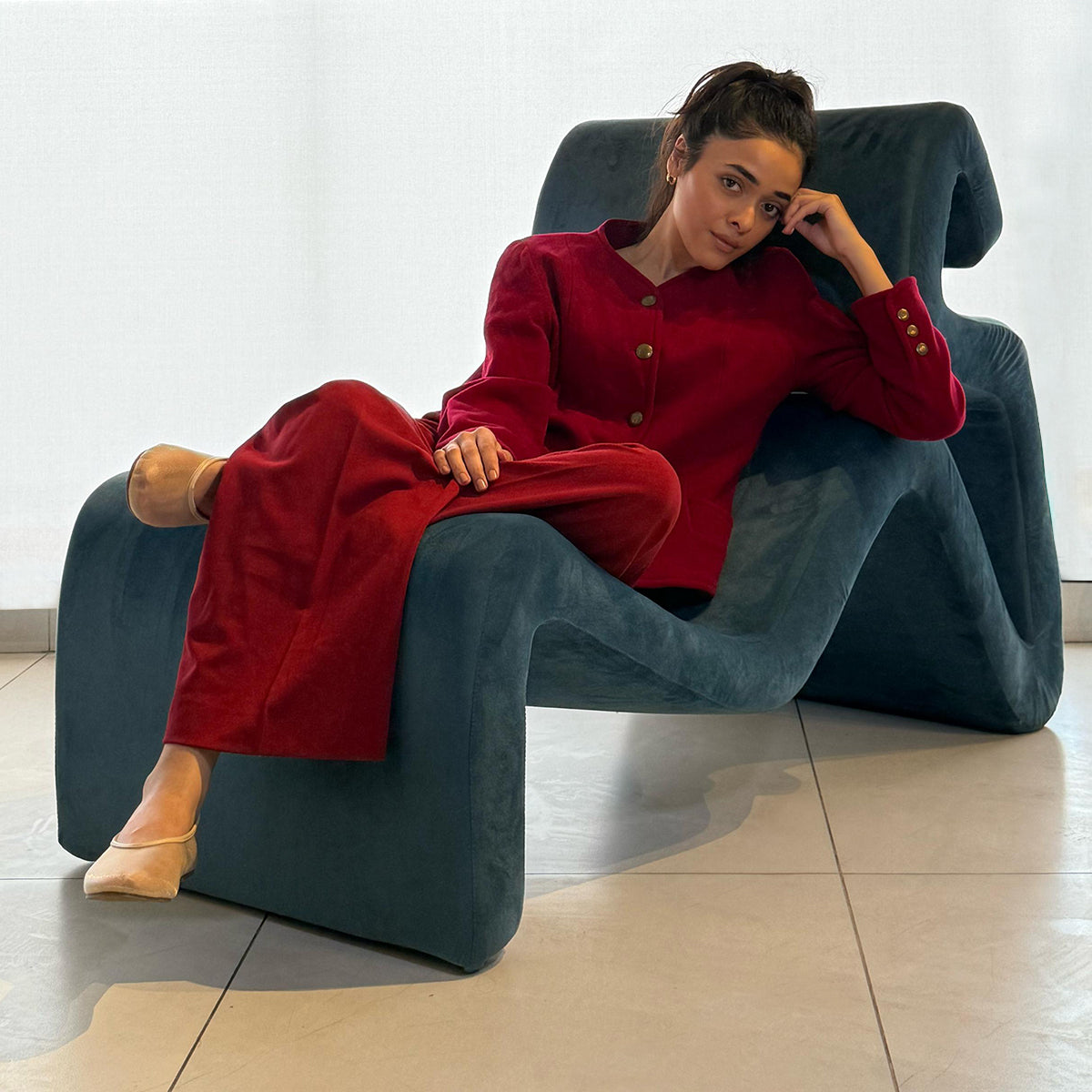
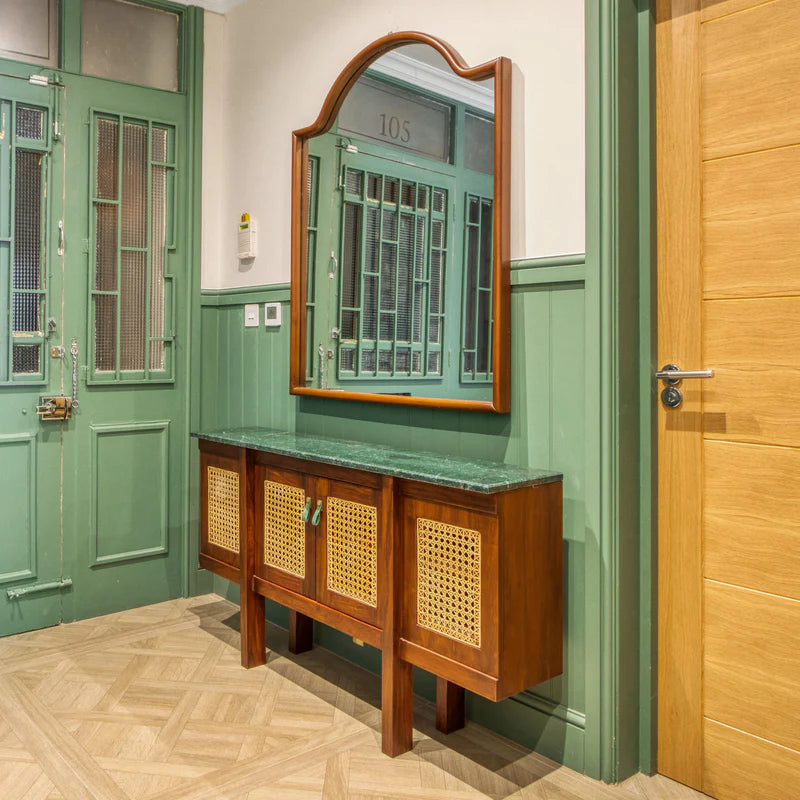
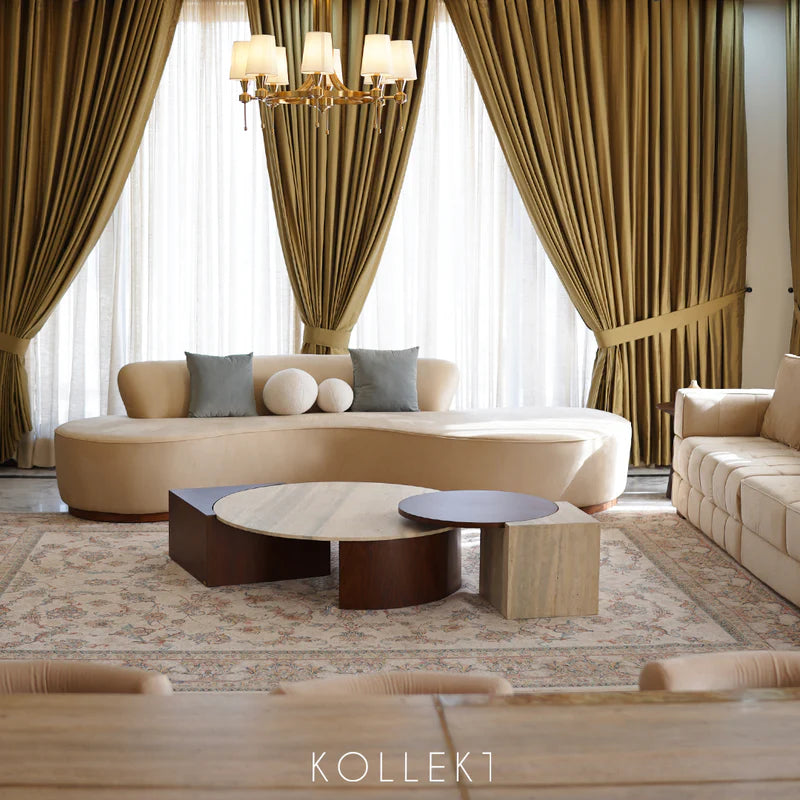

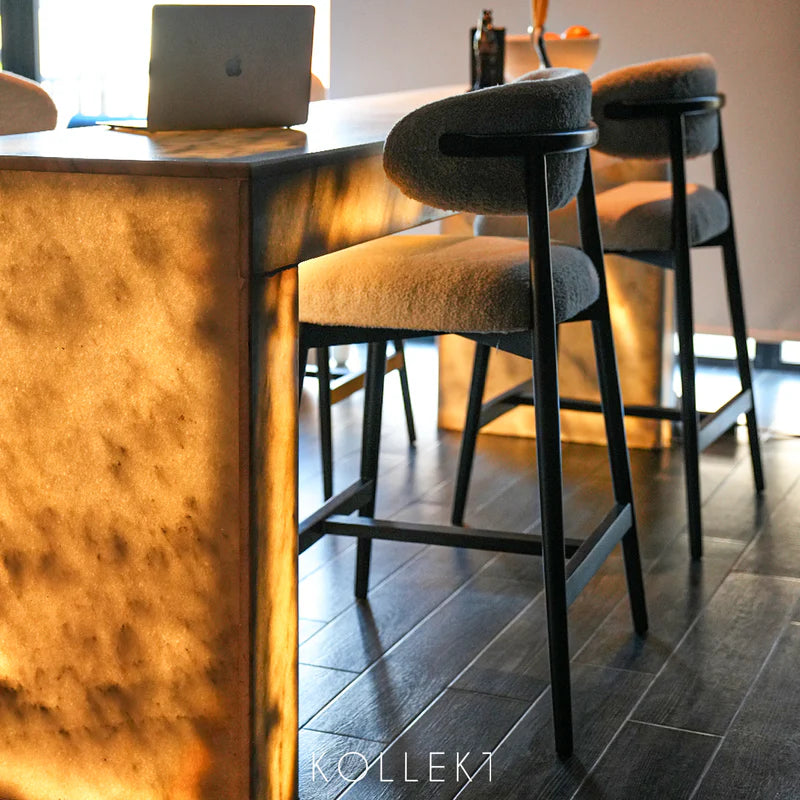
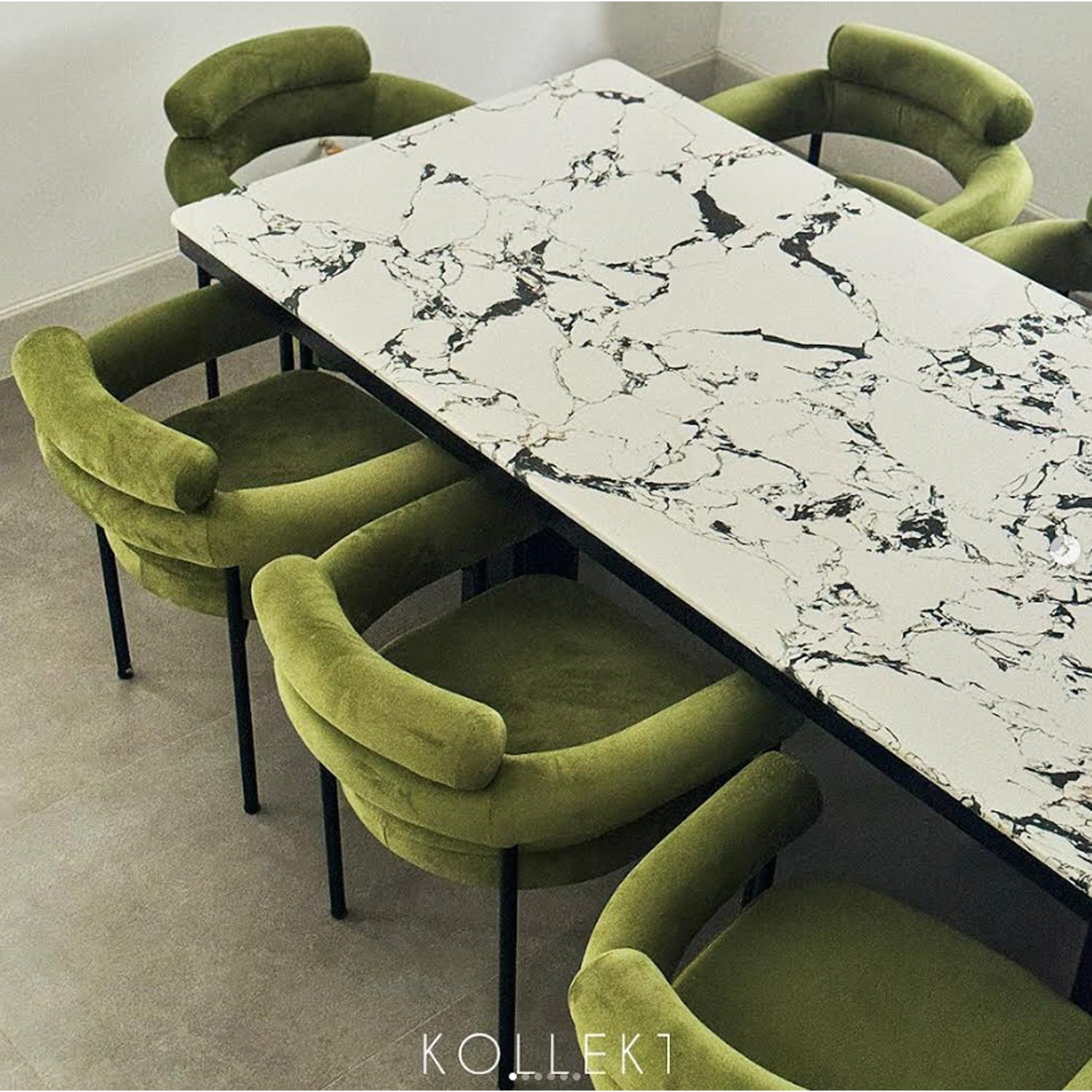
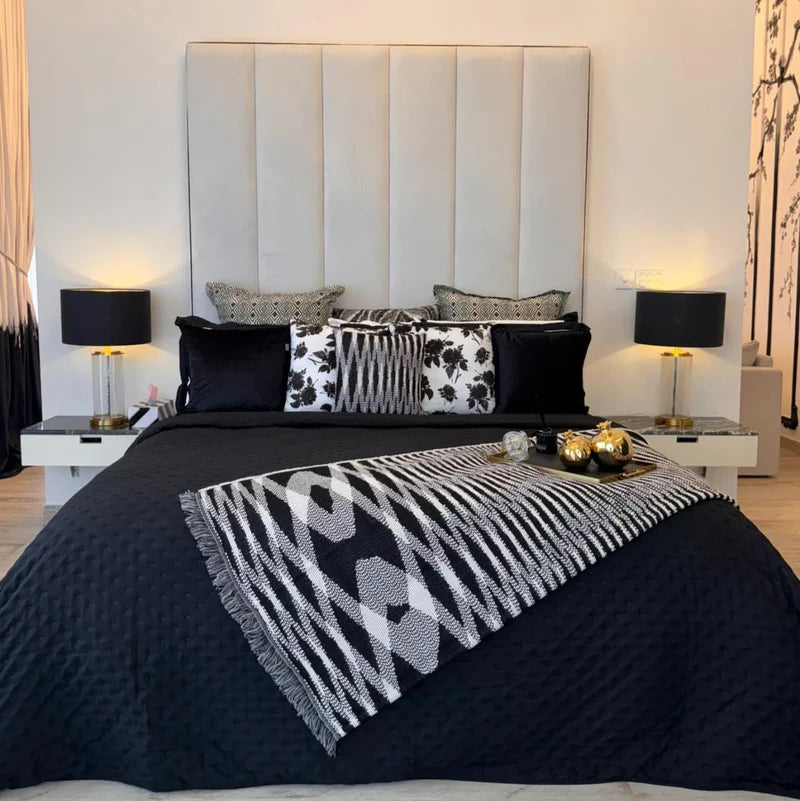
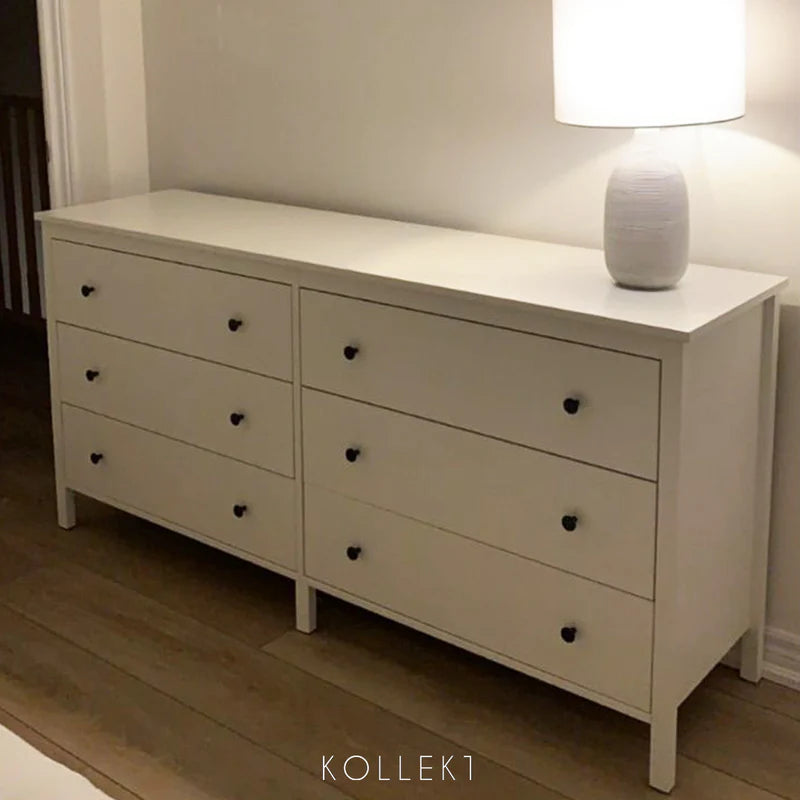
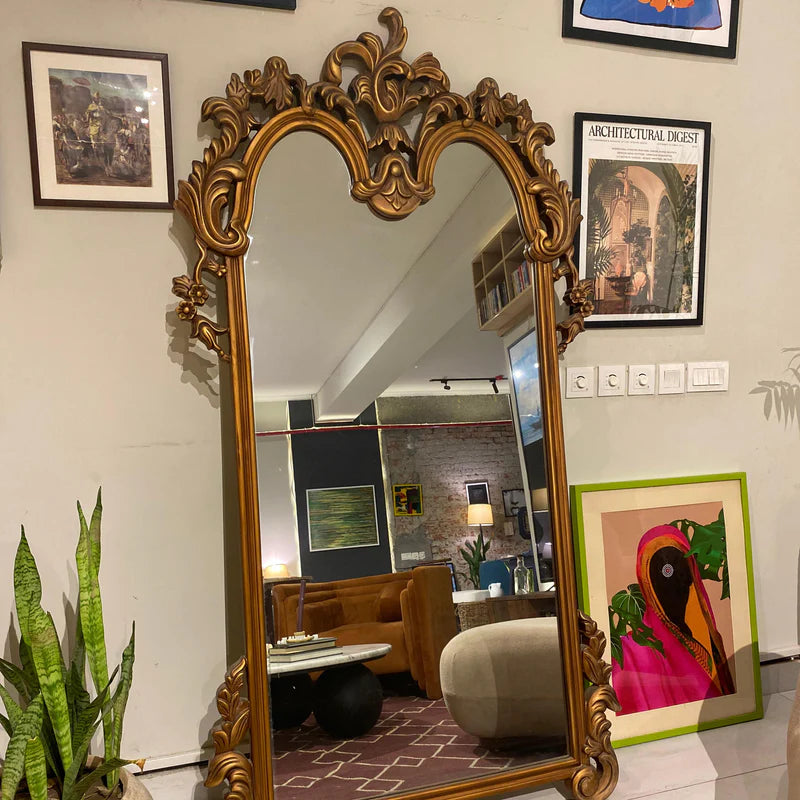
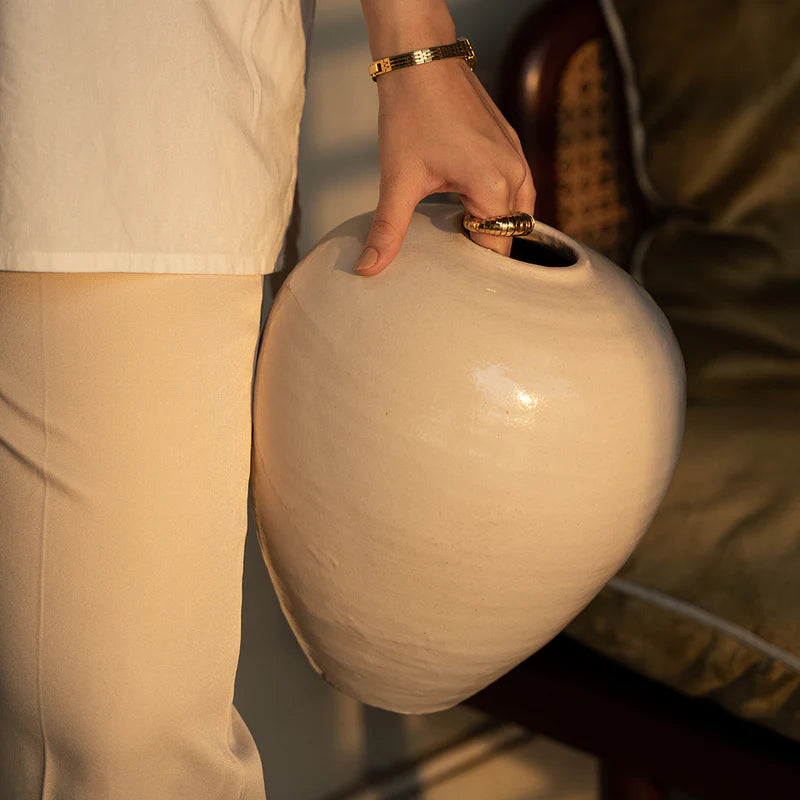
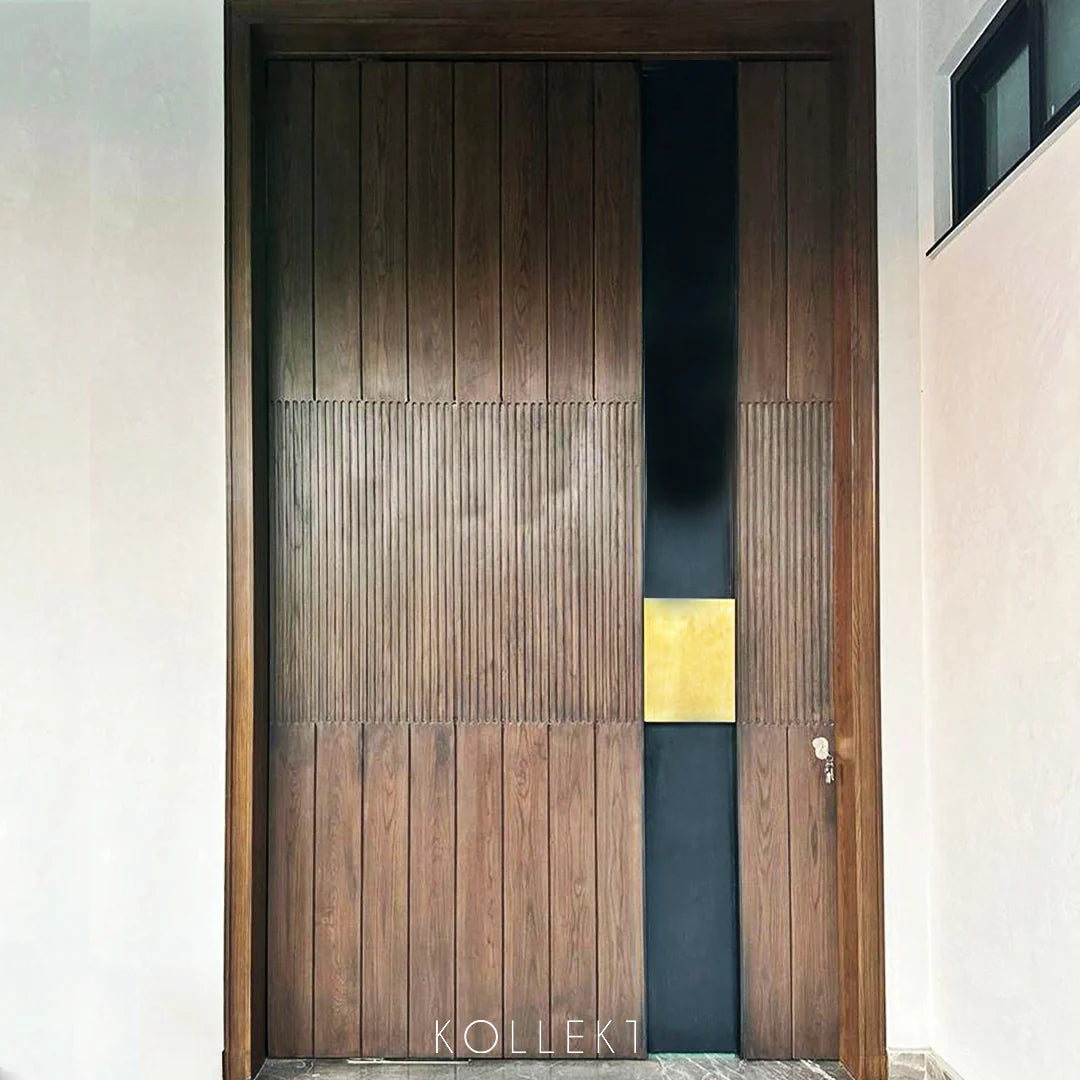
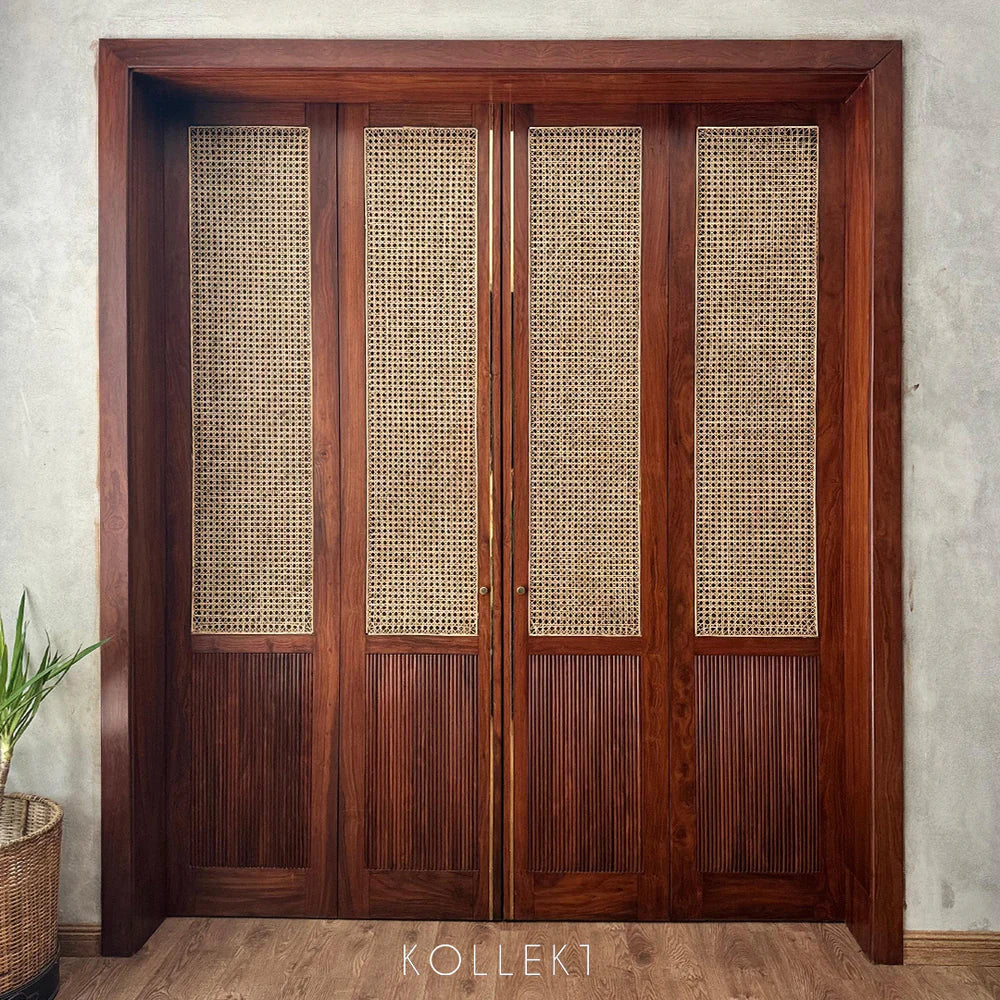
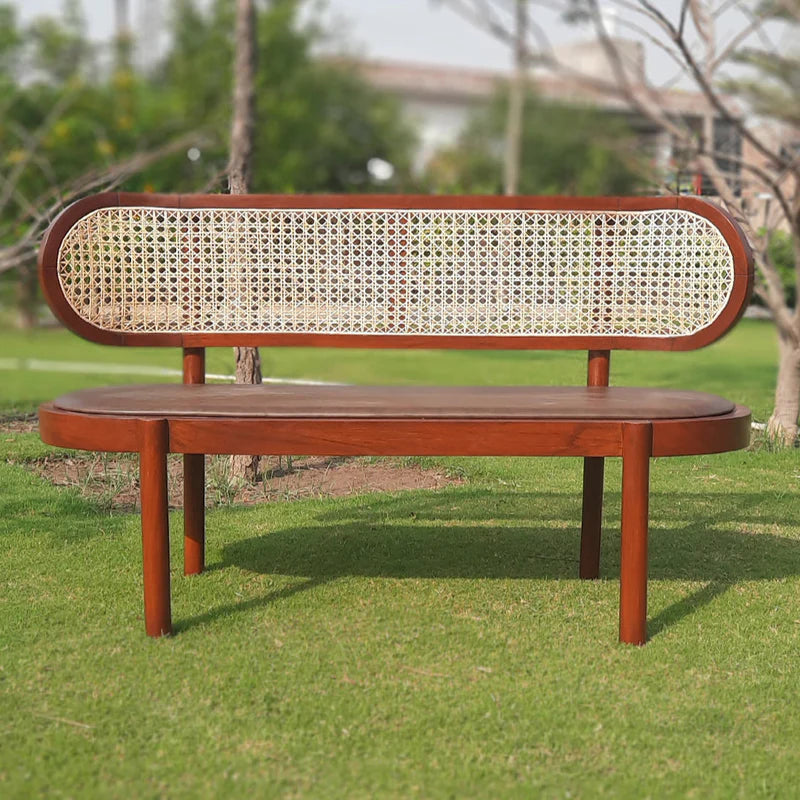
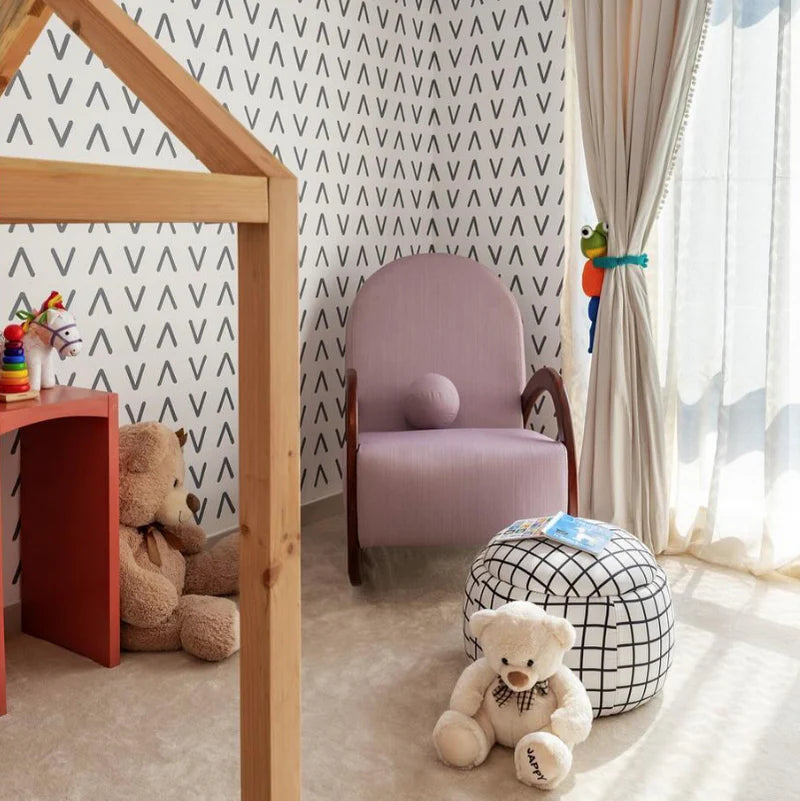
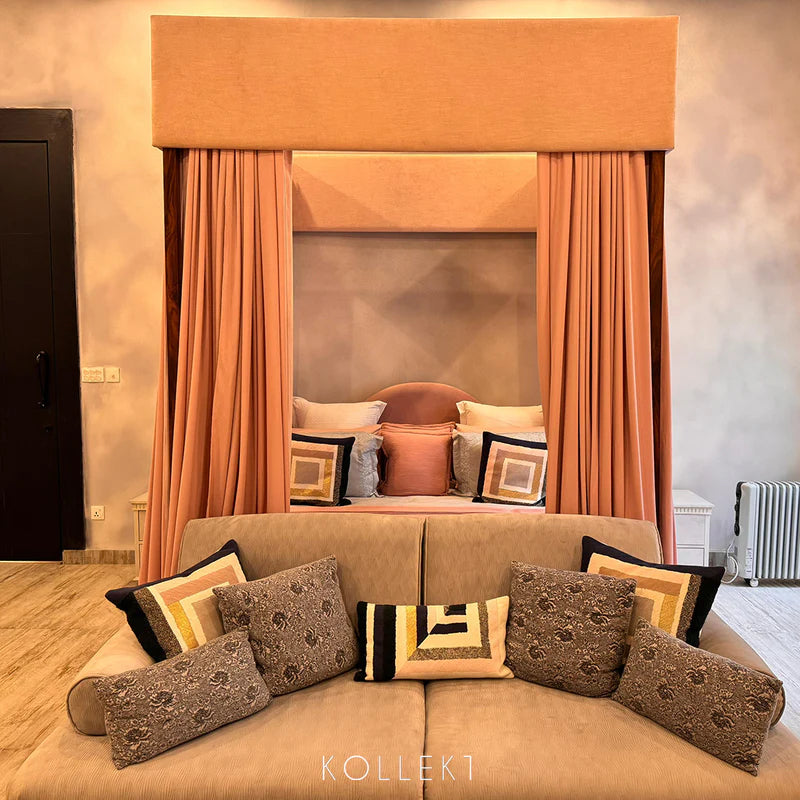
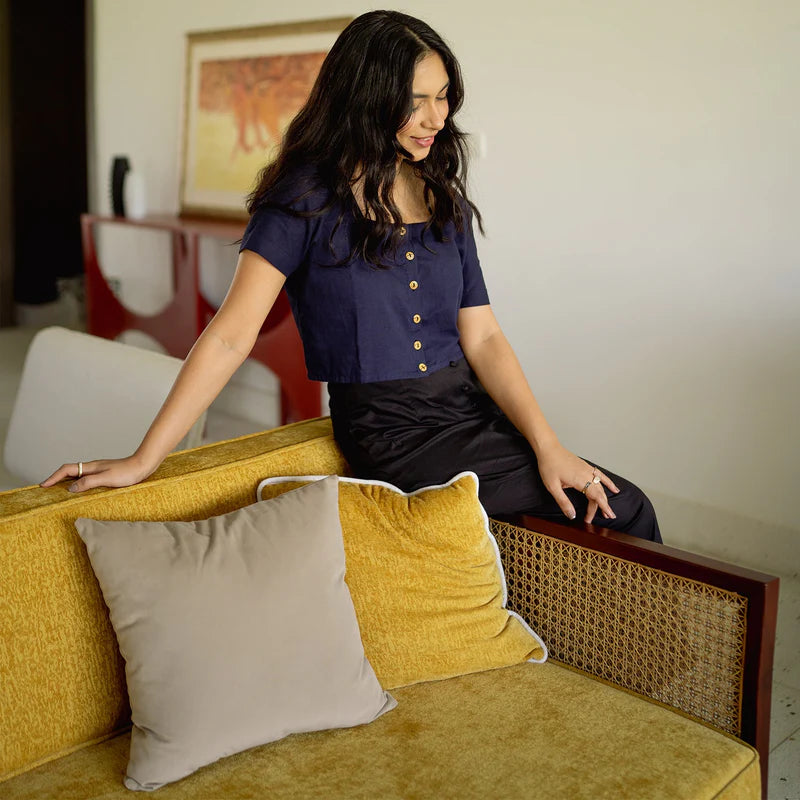
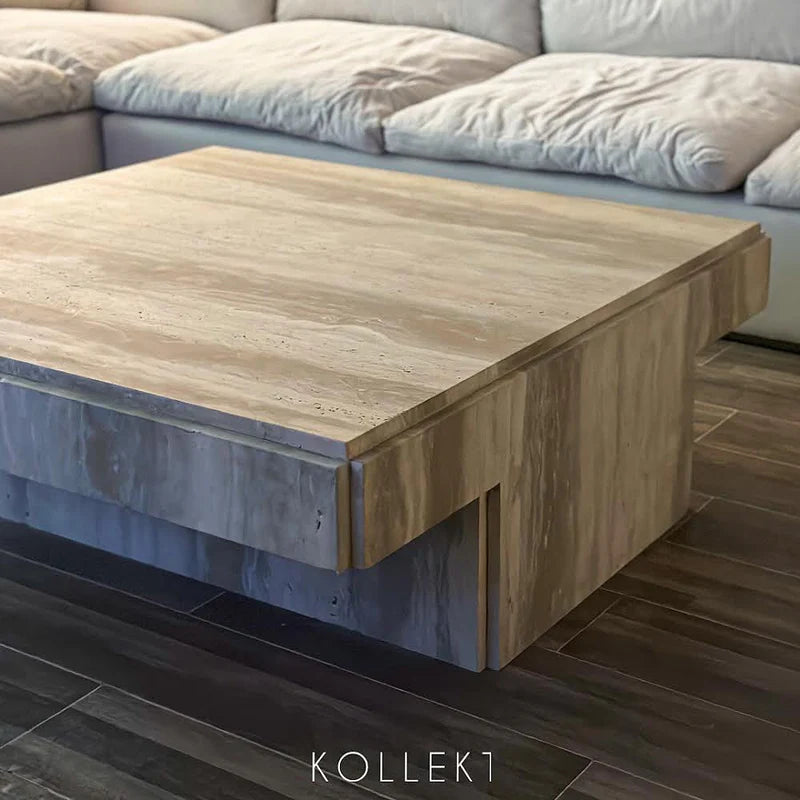
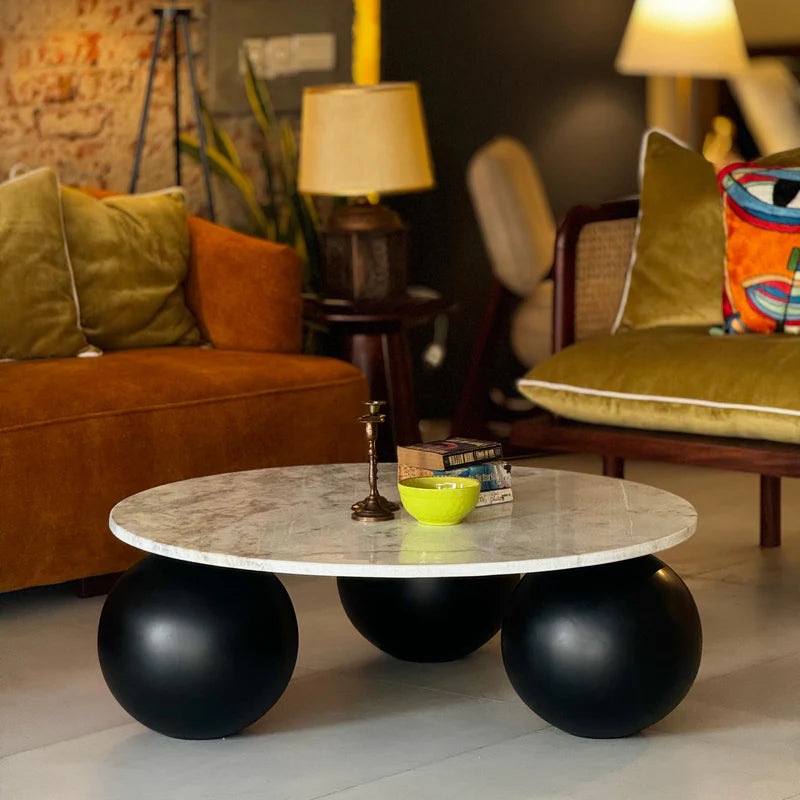
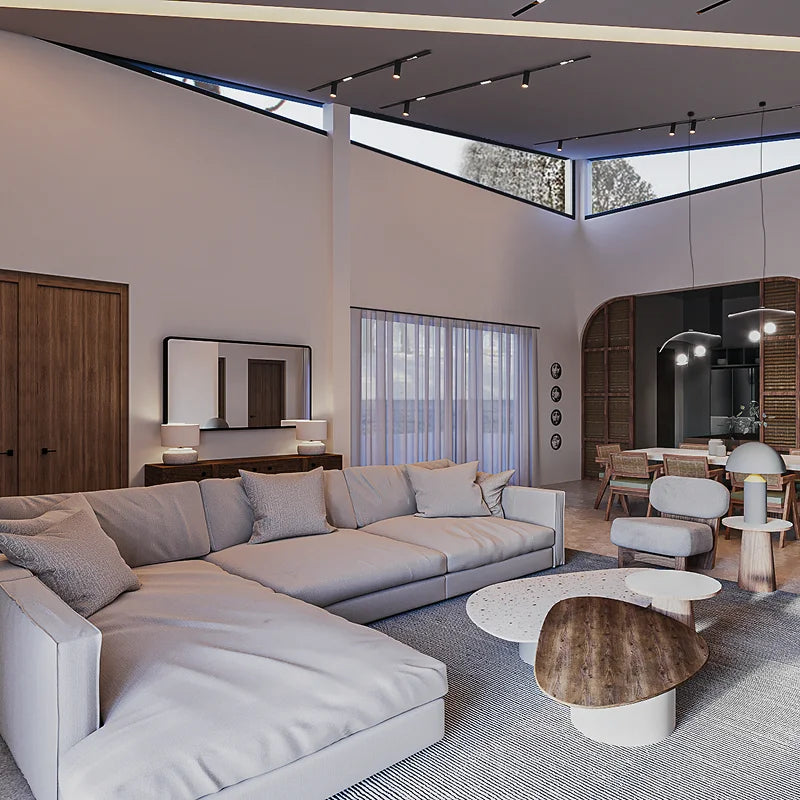
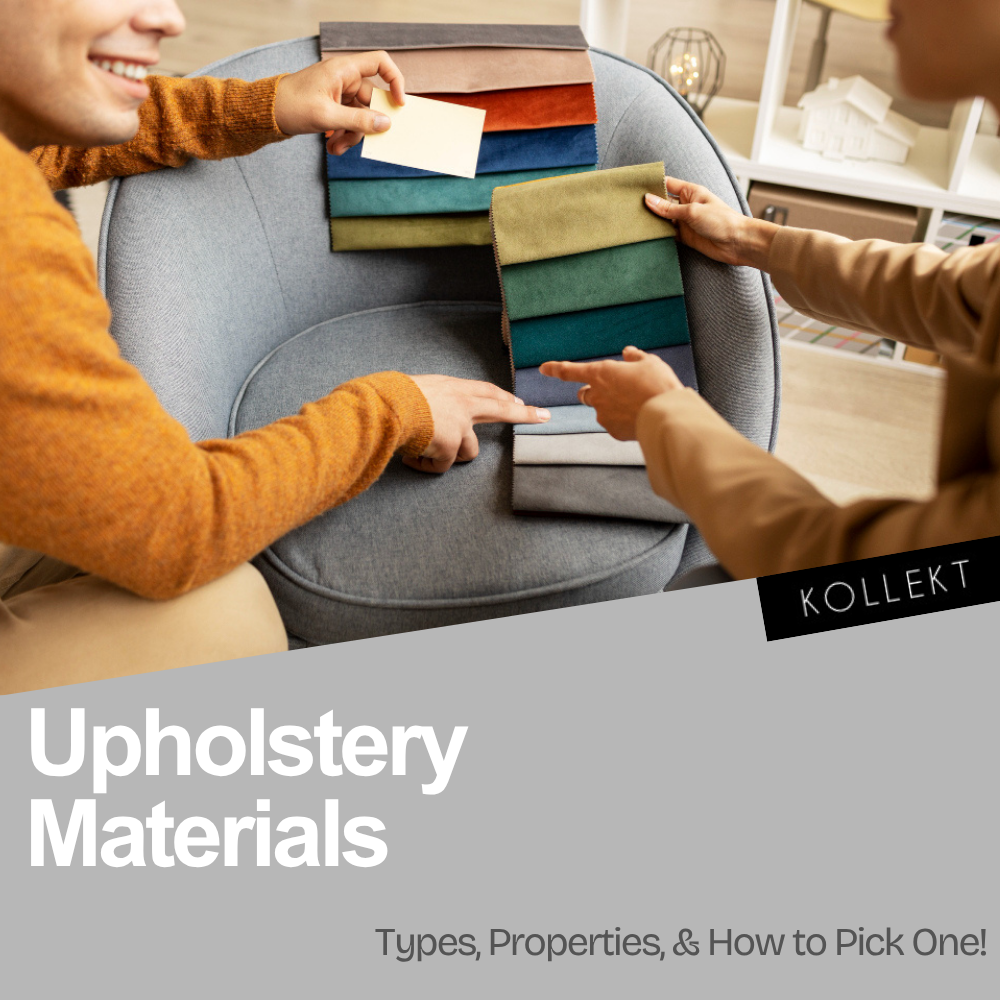

Leave a comment
This site is protected by hCaptcha and the hCaptcha Privacy Policy and Terms of Service apply.